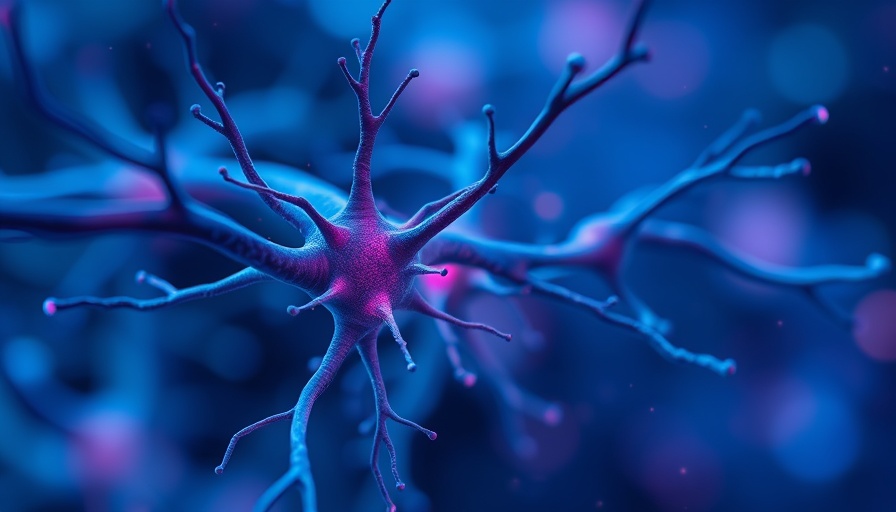
The Mysteries of Consciousness Unlocked: What Scientists Discovered
In a groundbreaking study, neuroscientists have identified a fundamental player in the intricate web of human consciousness. The research, published recently, reveals insights into how our brains manage the flow of information—an essential aspect of what makes us aware and responsive beings. This discovery expands our understanding of the neurological underpinnings of consciousness, opening new avenues for research in mental health, cognitive enhancement, and education.
Connecting the Dots: The Role of the Brain’s Gatekeeper
The scientists focused on a specific region in the brain that acts as a 'gatekeeper,' managing the processing of sensory information and emotional responses. This region, vital for self-awareness and interaction with the external world, essentially decides what information reaches our conscious awareness. Understanding how this gatekeeper operates could transform treatment approaches for various cognitive disorders, helping professionals to better serve individuals experiencing challenges with attention, mood, and overall cognitive function.
Why This Discovery Matters for Parents
As parents, being attuned to your child’s cognitive and emotional development is crucial. Knowledge of how consciousness works can empower you to foster environments conducive to your child's growth. For instance, encouraging activities that stimulate the brain, such as reading, puzzles, and open-ended conversations, can enhance critical thinking and self-awareness, ultimately supporting healthy brain development.
Practical Tips for Encouraging Healthy Brain Development
Engaging with your children in meaningful activities can reinforce vital connections that promote cognitive health. Here are practical ideas:
- Limit Screen Time: Foster a device-free environment during family meals or dedicated family time, encouraging more face-to-face interaction.
- Encourage Outdoor Play: Activities such as hiking or playing sports can enhance physical health and stimulate brain activity.
- Discuss Emotions: Create an open dialogue with your child about their feelings and reactions, promoting emotional intelligence.
Future Insights: Beyond the Discovery
The implications of this research extend beyond basic understanding; they hint at potential futuristic applications. Imagine educational systems designed around how children perceive and process information. With a tailored approach to learning that engages their individual consciousness, students could thrive in ways previously thought impossible.
Here, the focus shifts from standard curricula to personalized learning experiences that honor each child's unique cognitive profile. This aligns with recent discussions in educational psychology, which emphasize the importance of neurodiversity in teaching strategies to cultivate all students' potential.
Raising Awareness on Cognitive Health
Moreover, this knowledge arms parents with the tools to recognize early signs of cognitive impairment or myriad emotional disorders. Mothers and fathers can take proactive steps—whether through seeking professional help, utilizing resources, or fostering a supportive home environment—to enhance their child's mental well-being. Anticipating these needs and acting on them could significantly alter life trajectories for children, particularly as you become aware of their unique neurological profiles shaped by factors like genetics and environment.
Collaboration Between Parents and Professionals
Engagement with educators and healthcare providers can also create comprehensive strategies to support children’s learning and emotional health. By working together, parents and professionals can construct a robust support system that nurtures a better understanding of individual differences in consciousness and cognitive functioning.
Call to Action: Be a Part of the Change
As we delve deeper into understanding the gatekeeper of consciousness, it becomes increasingly clear that parents play a pivotal role in this narrative. Be proactive about your child's mental health—engage with them about their experiences, limit distractions, and foster a dialogue about emotional well-being. The journey of understanding starts with you, and together, we can cultivate an environment where our children not only thrive but find peace in their consciousness.
 Add Row
Add Row  Add
Add 




Write A Comment